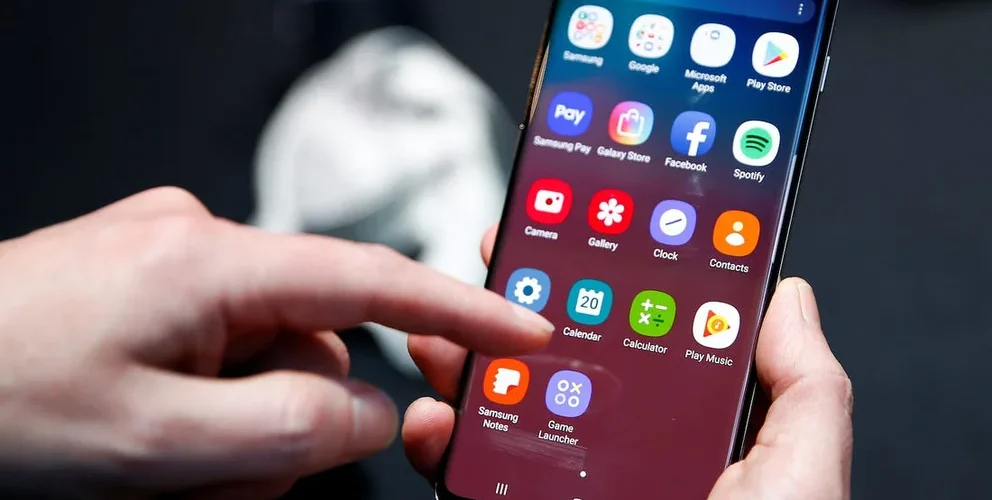When it comes to mobile devices, one of the fundamental aspects is the installation of mobile applications. Whether you’re a tech-savvy individual or a novice in the digital world, understanding the process of mobile app installation is crucial. In this comprehensive guide, we will take you through the ins and outs of mobile installation, providing valuable insights and tips to ensure a seamless and efficient experience.
What is Mobile Installer?
Mobile installer is the process of downloading and installing applications onto a mobile device, such as smartphones and tablets. It enables users to access a wide range of apps that cater to various needs, from productivity tools and social media platforms to entertainment and gaming apps.
The Importance of Mobile Installers
The mobile installer is the gateway to explore the vast world of mobile applications. It facilitates the quick and easy distribution of apps, allowing developers to reach a global audience effortlessly. For users, mobile installers grant access to a plethora of functionalities and services that enhance their mobile experience.
Understanding App Stores
App stores are digital marketplaces that host a myriad of mobile applications. The two most prominent app stores are the Apple App Store for iOS devices and the Google Play Store for Android devices. These app stores offer millions of apps, ranging from free to paid, catering to different user preferences.
Steps to Install Mobile Apps
Installing mobile applications is a straightforward process. Here’s a step-by-step guide:
Step 1: Open the App Store Step 2: Search for the App Step 3: Select the App Step 4: Tap on “Install” Step 5: Authenticate the Download (if required) Step 6: Wait for the Installation to Complete Step 7: Access the App on Your Home Screen
Tips for a Smooth Installation Process
To ensure a seamless installation process, consider these valuable tips:
- Ensure Sufficient Storage Space: Check your device’s storage space before installing an app to avoid interruptions during the installation process.
- Stable Internet Connection: A stable internet connection is essential to download apps without any interruptions or errors.
- Keep Your Device Updated: Regularly update your mobile device’s operating system and app store to ensure optimal performance.
- Enable Automatic Updates: Enable automatic updates for your apps to receive the latest features and security enhancements without manual intervention.
Troubleshooting Installation Issues
Sometimes, users may encounter issues during the installation process. Here are some common problems and their solutions:
- Insufficient Storage: Delete unused apps or files to free up space for the new app.
- Internet Connection Errors: Check your Wi-Fi or mobile data connection and try again.
- Authentication Problems: Make sure you have entered the correct credentials for your app store account.
Installing Apps from Third-Party Sources
Apart from official app stores, some users may choose to install apps from third-party sources. While this practice offers access to a broader selection of apps, it comes with potential security risks. Users should exercise caution and only download apps from reputable sources to avoid malware and other security threats.
Uninstalling Mobile Apps
If you wish to remove an app from your device, follow these simple steps:
Step 1: Long-press the App Icon Step 2: Select “Uninstall” Step 3: Confirm the Uninstallation
Keeping Apps Updated
Regular app updates are vital for improved performance, bug fixes, and new features. App developers release updates from time to time, and users should ensure they keep their apps up-to-date.
Best Practices for Developers
For app developers looking to maximize their app’s visibility and downloads, consider these best practices:
- App Store Optimization (ASO): Optimize your app’s title, description, and keywords to improve its discoverability within app stores.
- Responsive Design: Ensure your app is responsive and compatible with various mobile devices.
- User-Friendly Interface: Design an intuitive and user-friendly interface to enhance the overall user experience.
- App Testing: Thoroughly test your app across different devices and operating systems to identify and fix any potential bugs or issues.
Conclusion
Mobile installer plays a pivotal role in the mobile ecosystem, allowing users to access a wide array of applications effortlessly. By understanding the installation process and following best practices, users can optimize their mobile experience and explore the vast world of mobile applications securely. App developers, on the other hand, can leverage these insights to create successful and well-received apps that stand out in the competitive app market. Embrace the world of mobile apps, and let your smartphone or tablet open doors to countless possibilities.










